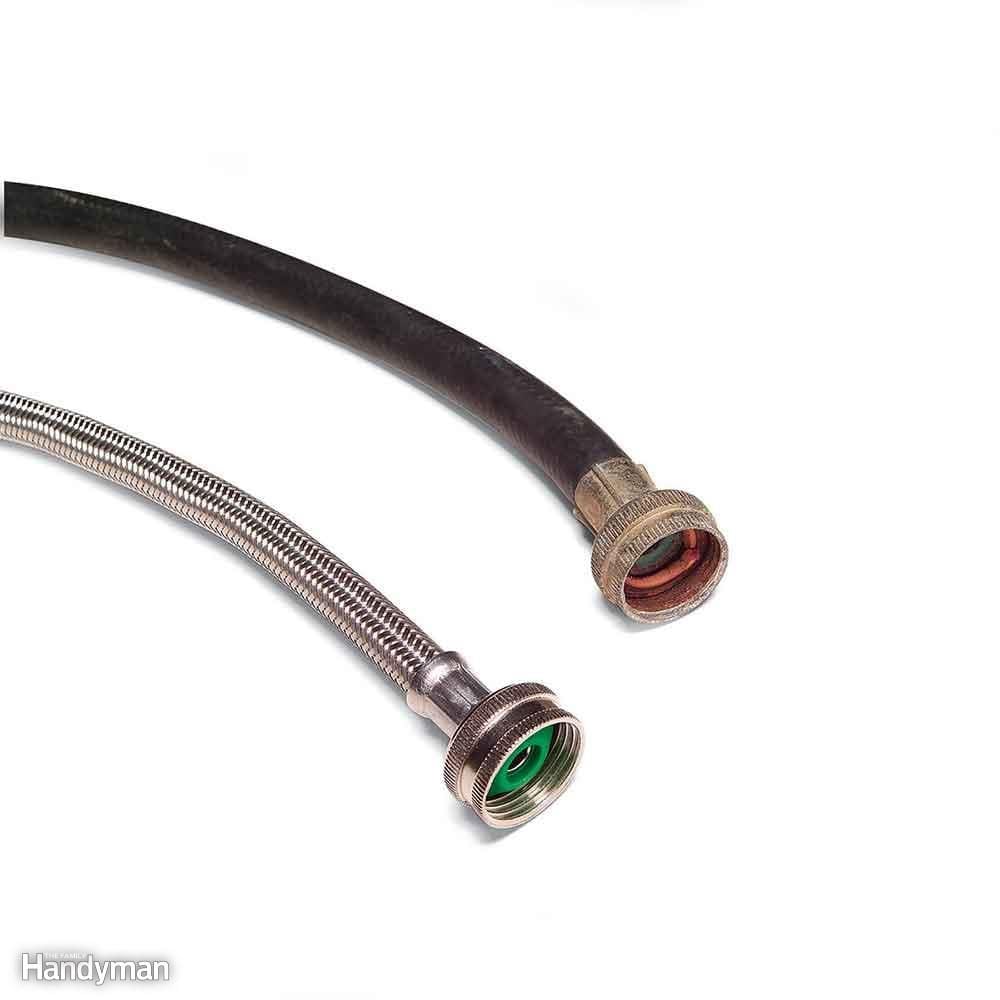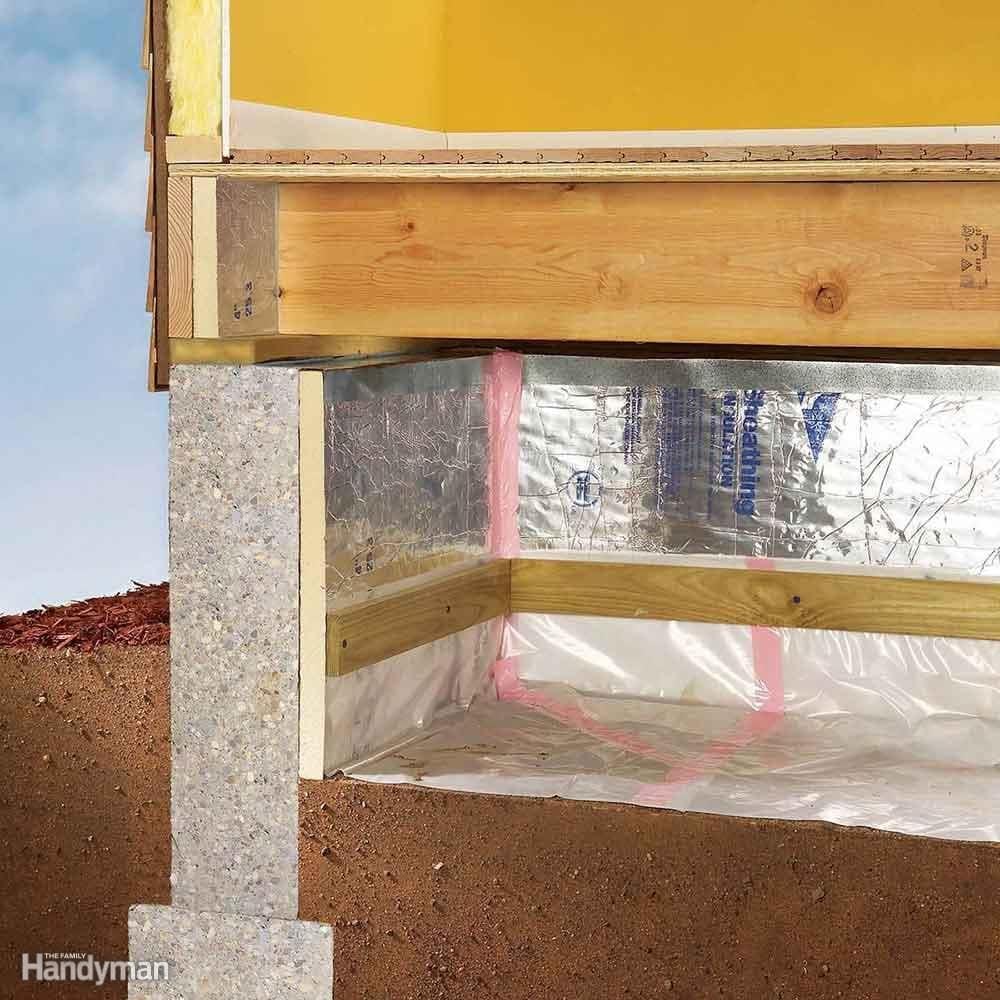
Make a Prioritized List
The minute you walk in to your new home, your mind will be racing with to-dos. Keep this overwhelming task list at bay by keeping a notebook in a central location and write down every action item you or your family thinks of throughout the day. After 24 hours cut the list off, and prioritize each item with a 1, 2, or 3.
First priority should be items completed that week – such as safety concerns, cleaning, unpacking essentials, etc (speaking of essentials, make sure you’ve got all of these essential products for new homeowners covered). Priority two should be tasks completed within the next two months – related to organization, maintenance and remaining unpacking. Priority three tasks should be non-essentials, but improvements and projects you’d like to complete within the year – renovations, landscaping, and large purchases.
Read this first-time homebuyer’s guide to home maintenance to get started.
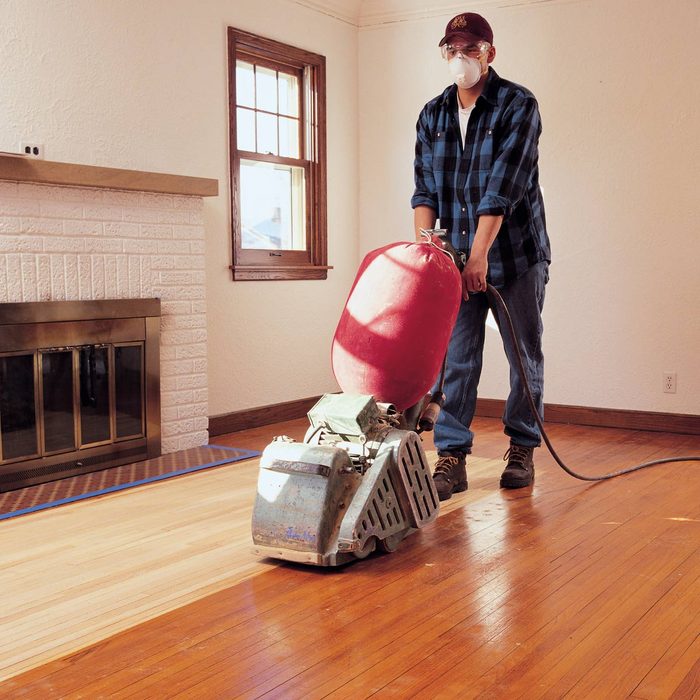
Refinish Your Own Hardwood
Intimidated by this seemingly daunting project? Don’t be. If you have the will and a whole day (or two) to yourself, you can refinish the hardwood floors in the major areas of your home. You don’t necessarily need to sand, but if the floor is damaged enough to warrant buffing, check out your local hardware store and rent the equipment for anywhere from 4-48 hours.
Watch this video to learn what new homeowners should do first

If you’re enjoying this content, sign up for our new homeowner newsletter where we’ll guide you through the exciting journey of what to do before you purchase your dream house as well as give you expert tips and projects to help you make that new house a true home.
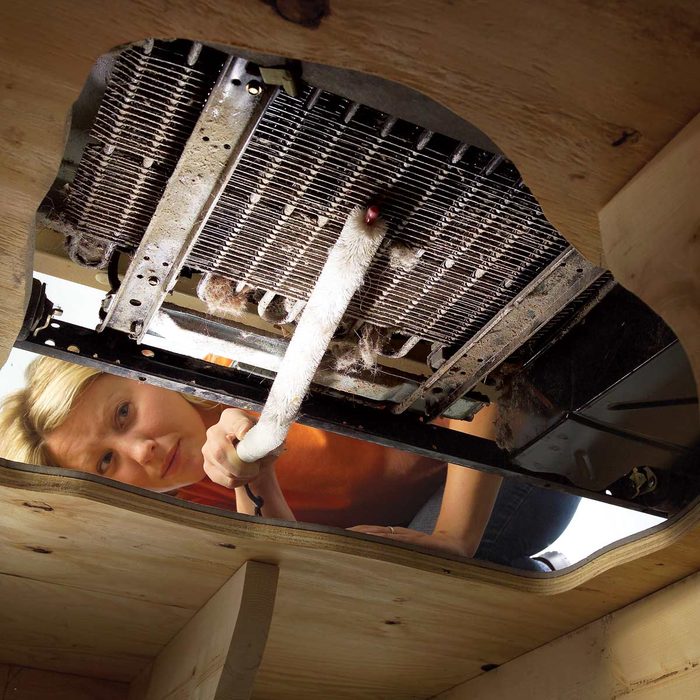
Clean Refrigerator Coils
Refrigerator condenser coils are located on the back of the fridge or across the bottom. When coils are clogged with dust, pet hair and cobwebs, they can’t efficiently release heat. The result is your compressor works harder and longer than it was designed to, using more energy and shortening the life of your fridge. Clean the coils with a coil-cleaning brush and vacuum. A coil-cleaning brush, which is bendable to fit in tight areas, does a thorough job. Look for one online or at appliance stores.
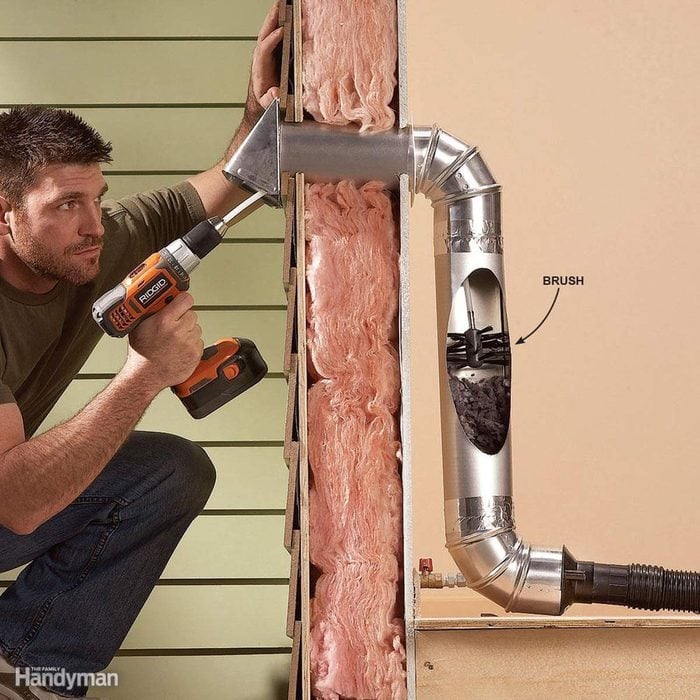
Clean Out the Lint
A clogged lint screen or dryer duct drastically reduces the efficiency of your dryer, whether it’s gas or electric. Clean the lint screen after each load and clean the exhaust duct once a year. The Linteater (shown) has an auger brush that attaches to a drill to clean out the ducts.
Electric dryers use about $85 of electricity annually. A dirty lint screen can cause the dryer to use up to 30 percent more electricity, according to the Consumer Energy Center. Lint buildup is also a common cause of fires.
Dry loads of laundry back-to-back so the dryer doesn’t cool down between loads (a warm dryer uses less energy). And only run the dryer until the clothes are dry. Overdrying damages your clothes and runs up your electric bill. If you’re in the market for a new dryer and already have a gas line in the house, go with a gas dryer. A gas dryer is more efficient.
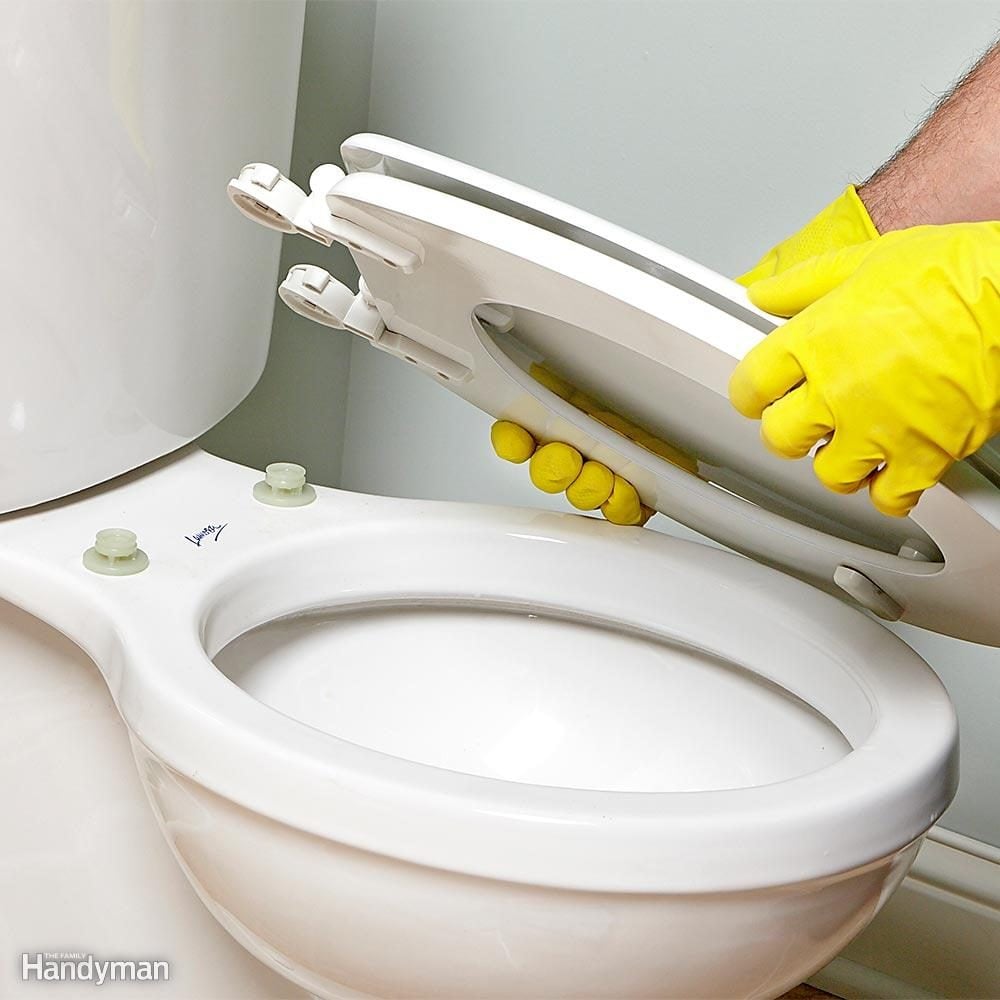
Install a Detachable Toilet Seat
It seems like no matter how hard you try, you can never get the hinges on the toilet seat clean. There's always a bit of cleaning solution that seeps underneath and creeps out later. Installing a detachable toilet seat solves the problem. This Bemis brand seat is easy to remove by just twisting two hinge caps about a quarter of a turn. Then you have easy access to clean under the hinges. Detachable seats cost about $20. Installation is straightforward and only requires a wrench. Are your bolts rusted and stuck? Learn how to remove rusted toilet seat bolts here.

Know Your House
Live in your home for 12 to 18 months before undertaking any major renovations such as additions or knocking down walls. What you initially think you want may change after you’ve lived there for a while. – reader Fran Carpentier
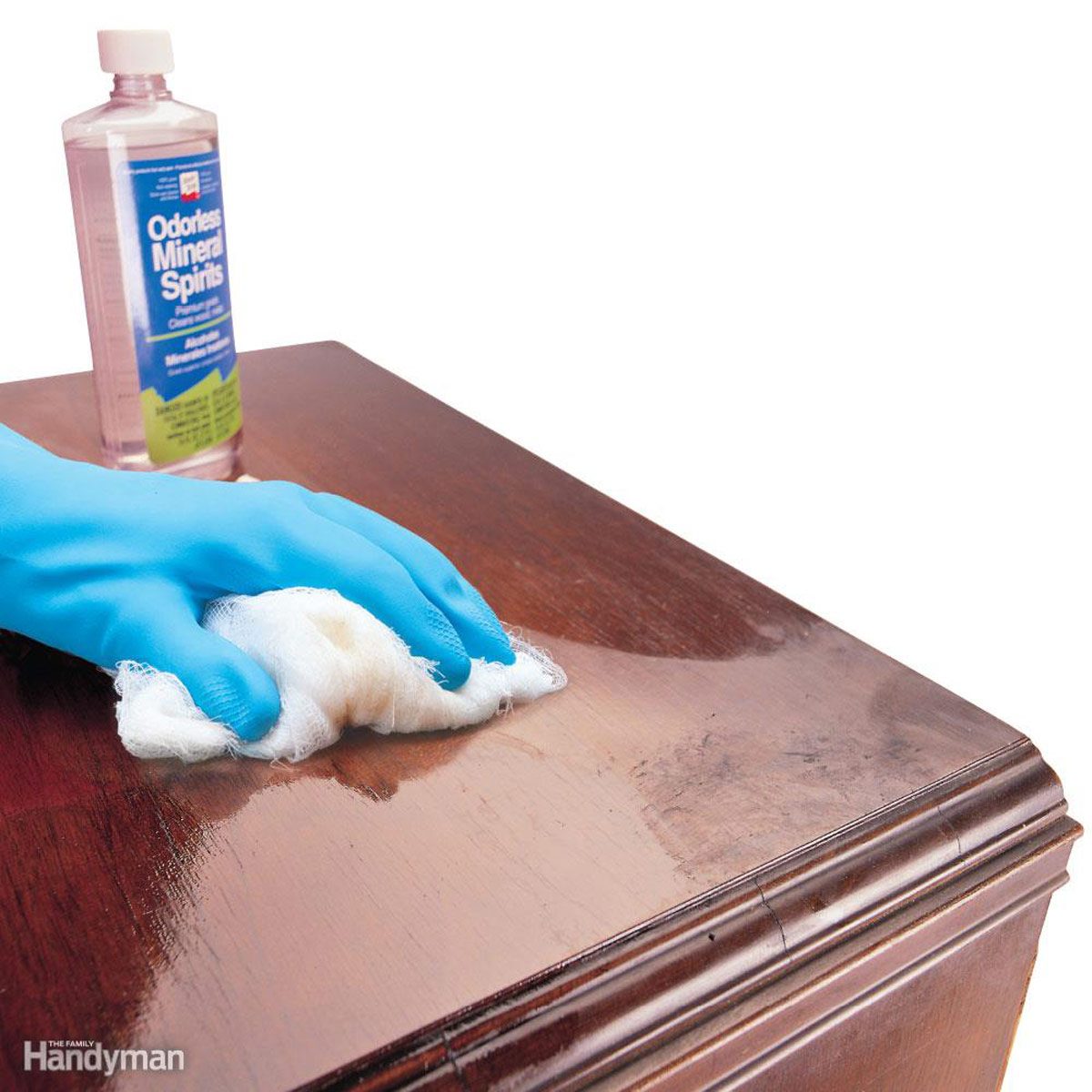
Renew Wood with Mineral Spirits
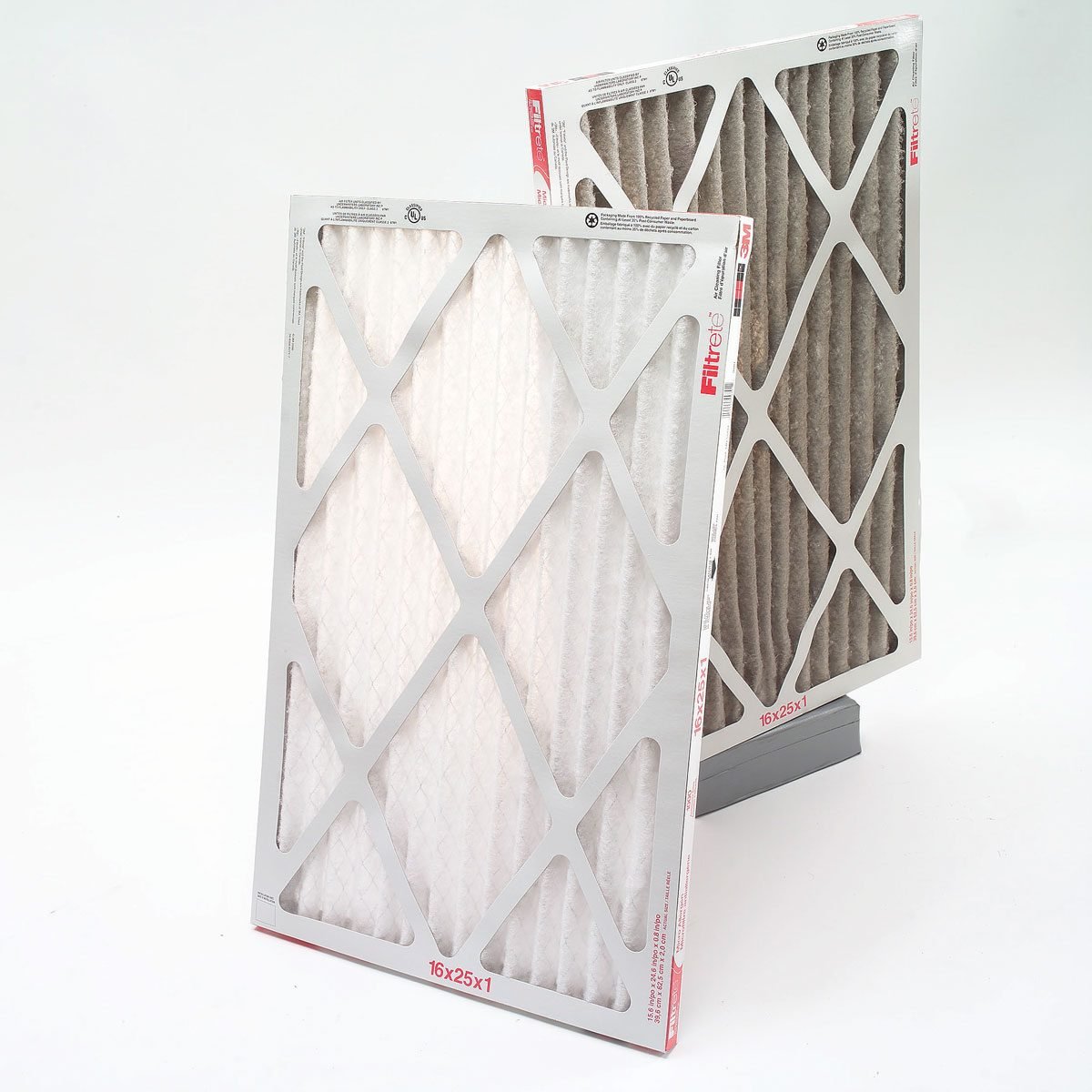
Replace the Furnace Filter
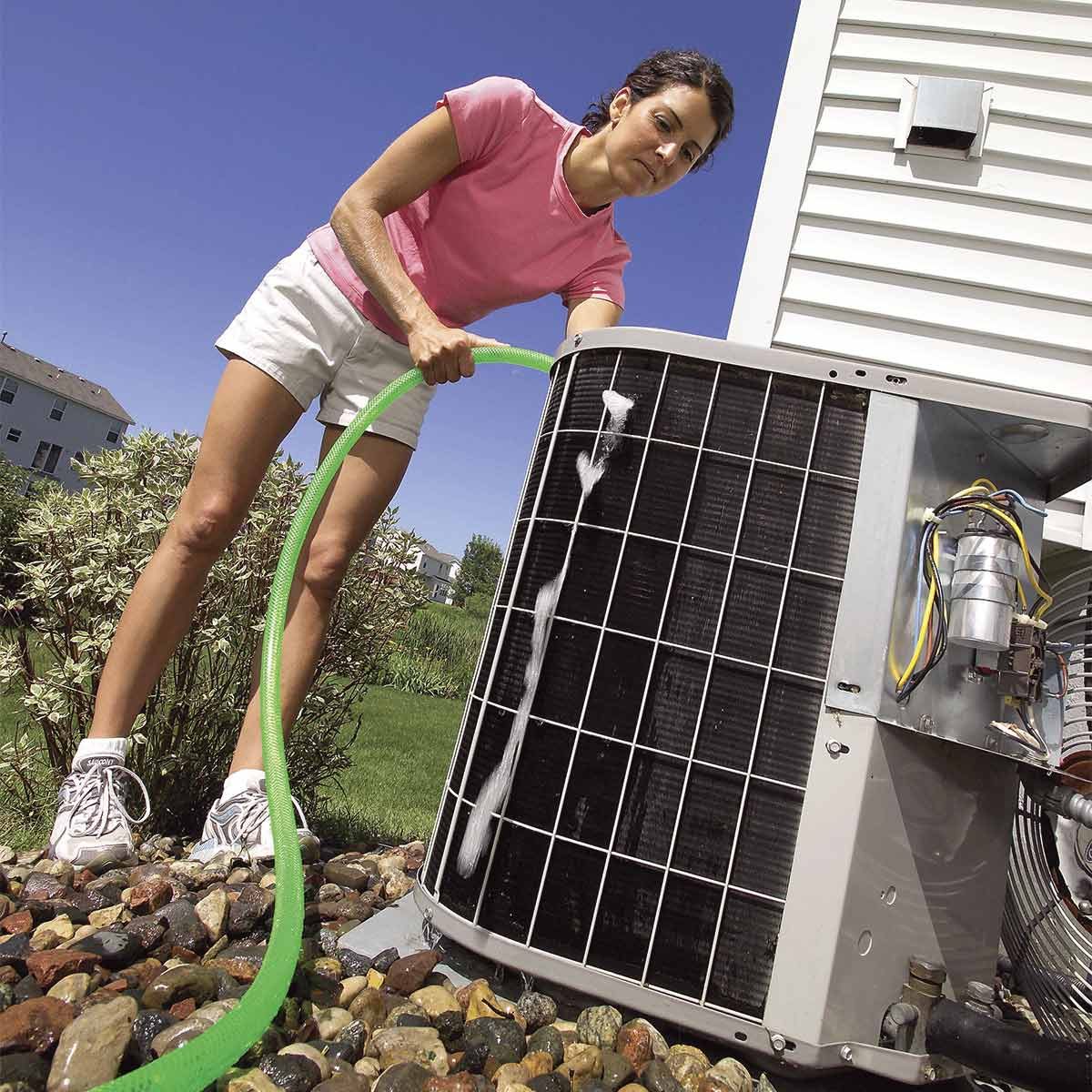
Clean Air Conditioner Condensers and Evaporators
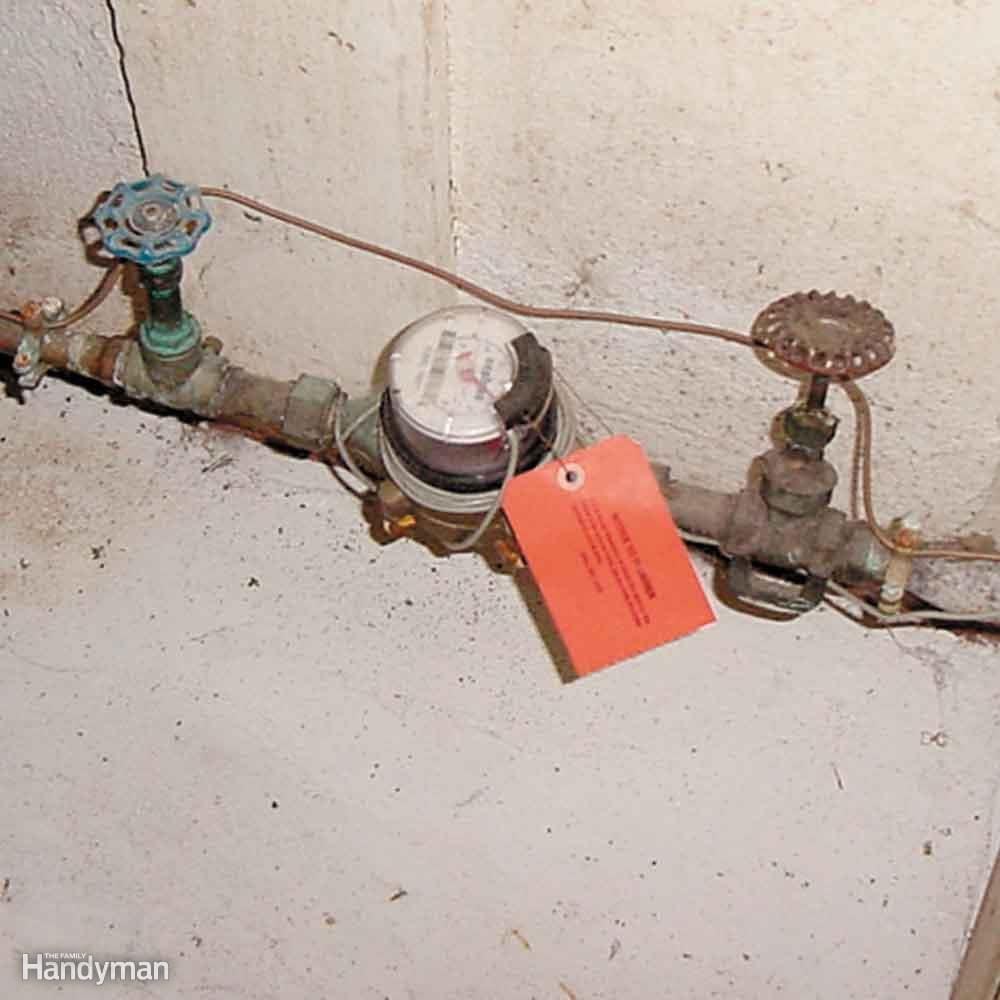
Locate Your Home's Main Water Shutoff Valve

Locate the Electrical Panel

Make One Room a Sanctuary
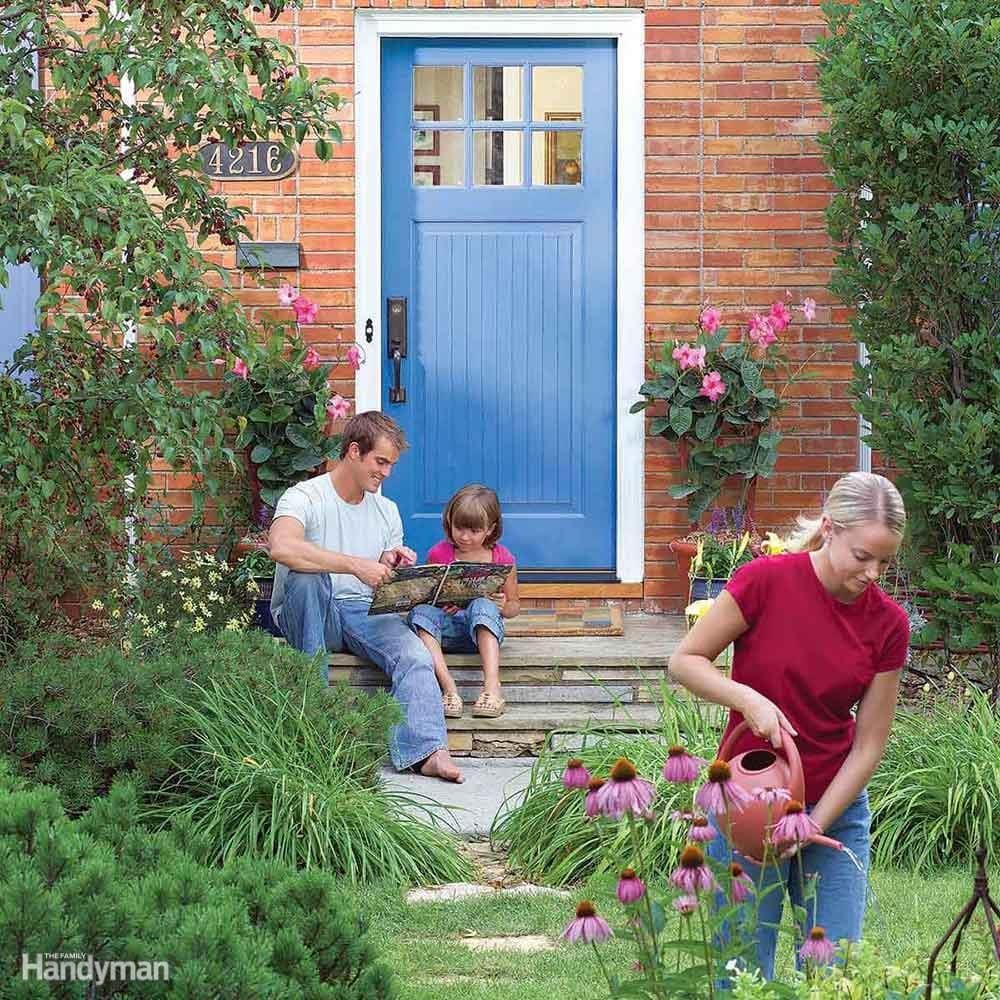
Meet the Neighbors
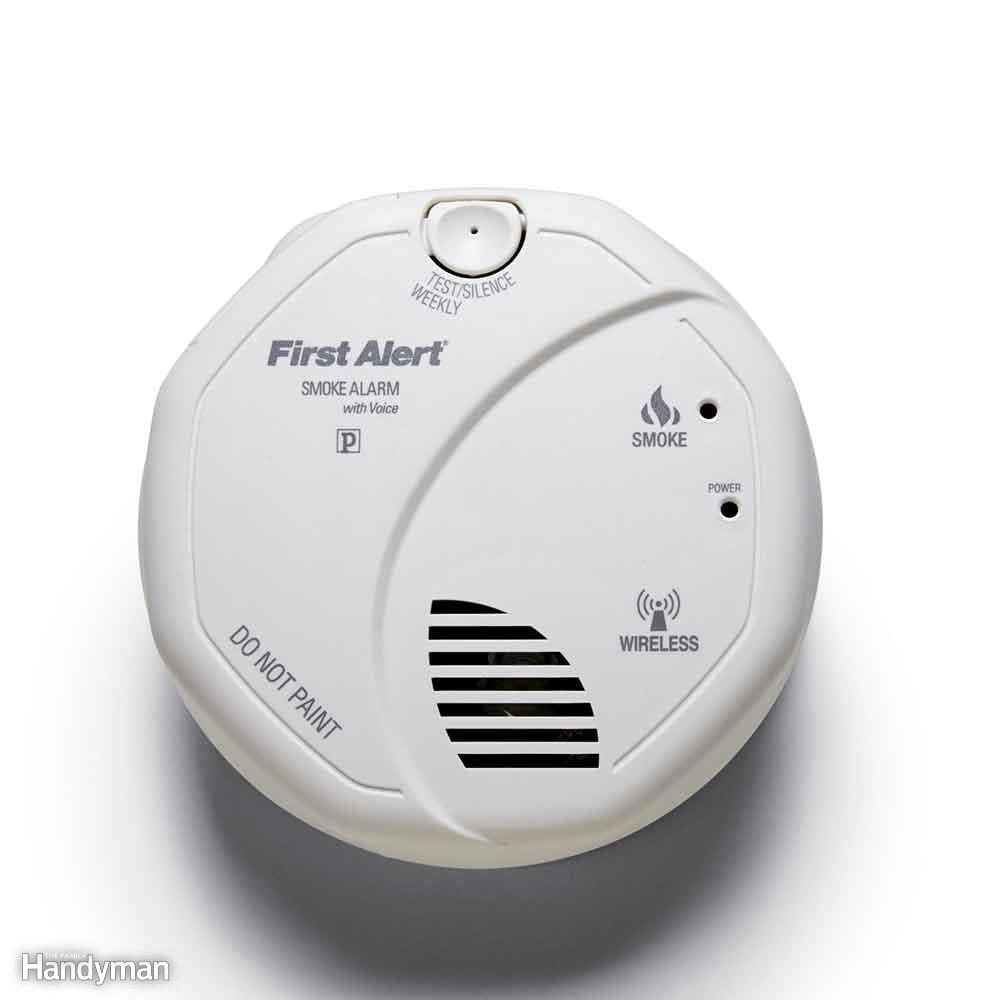
Check Smoke and CO Detector Dates and Replace, as Needed
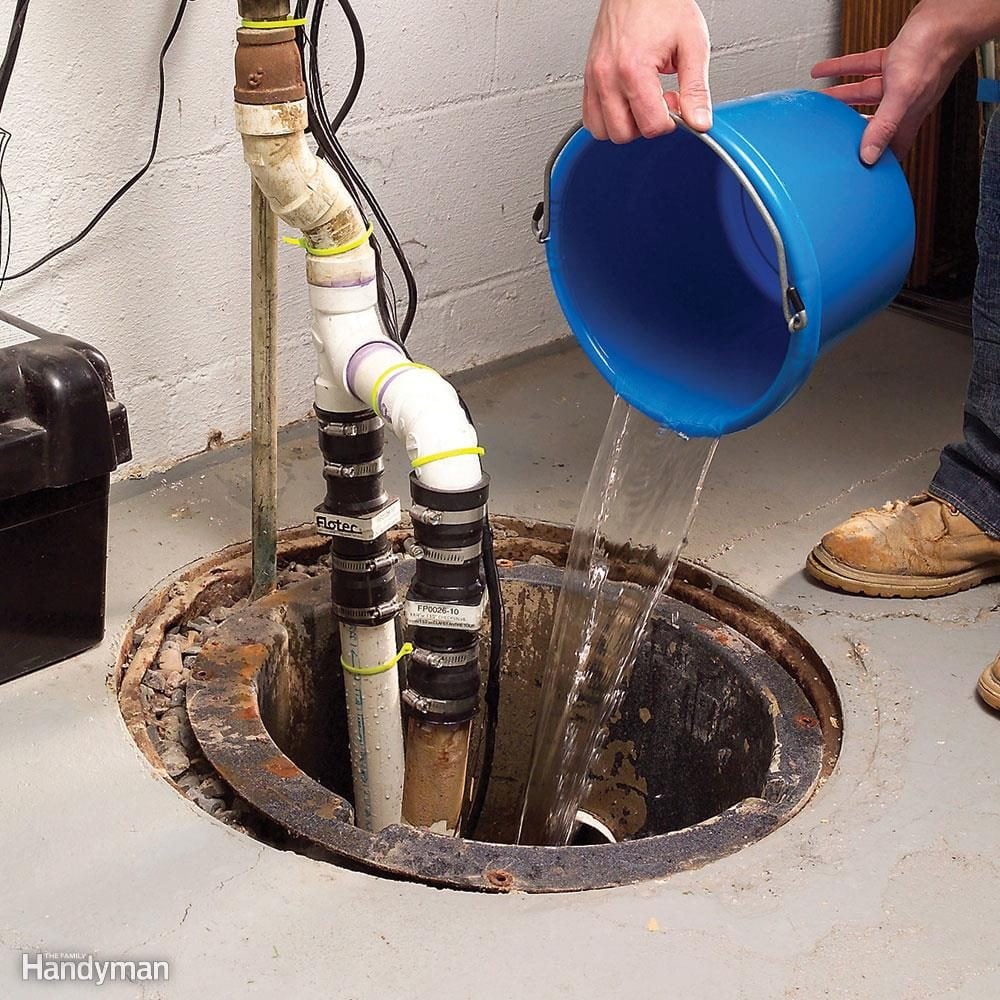
Test your sump pump before the beginning of the rainy season
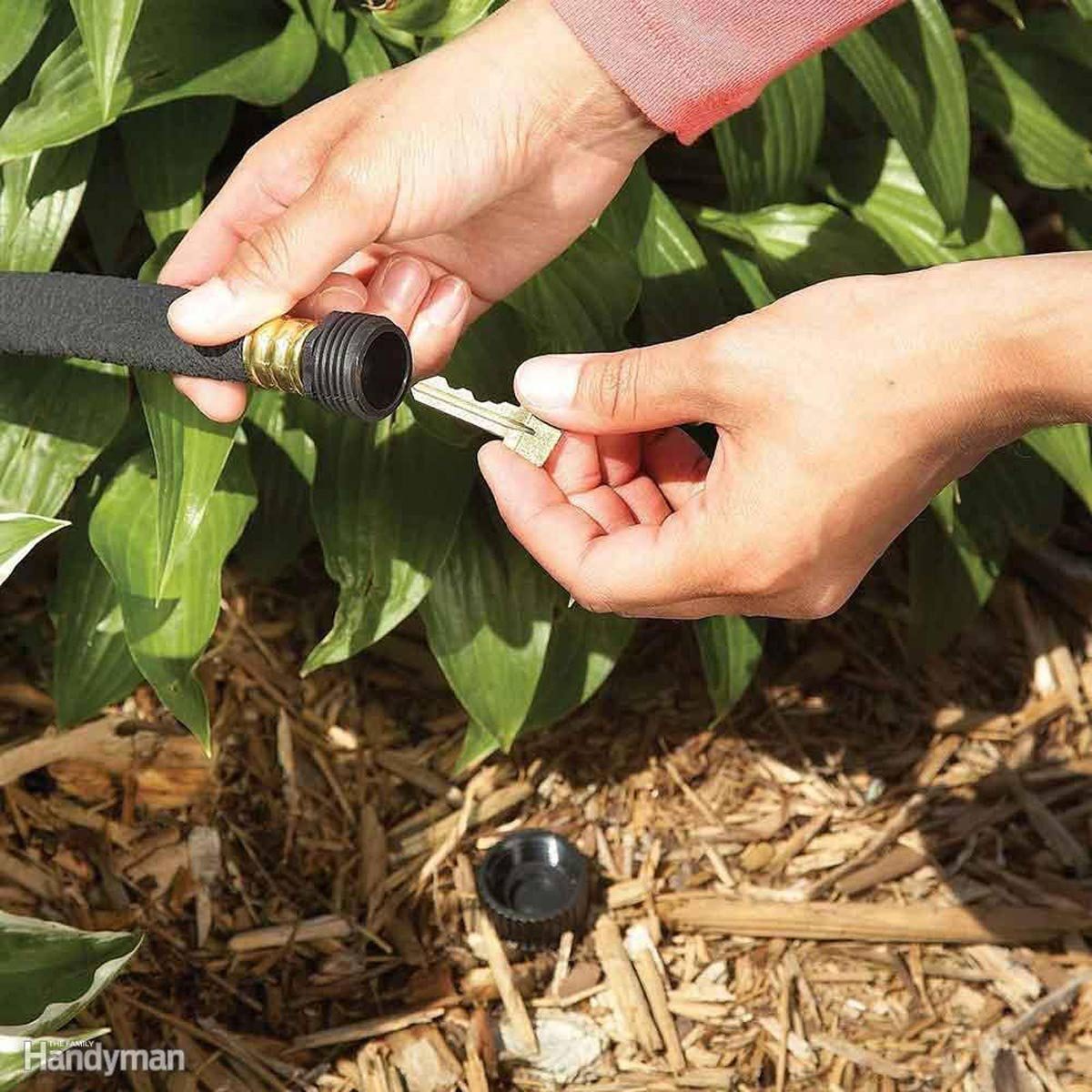
If You Don't Have Keyless Entry, Hide a Key
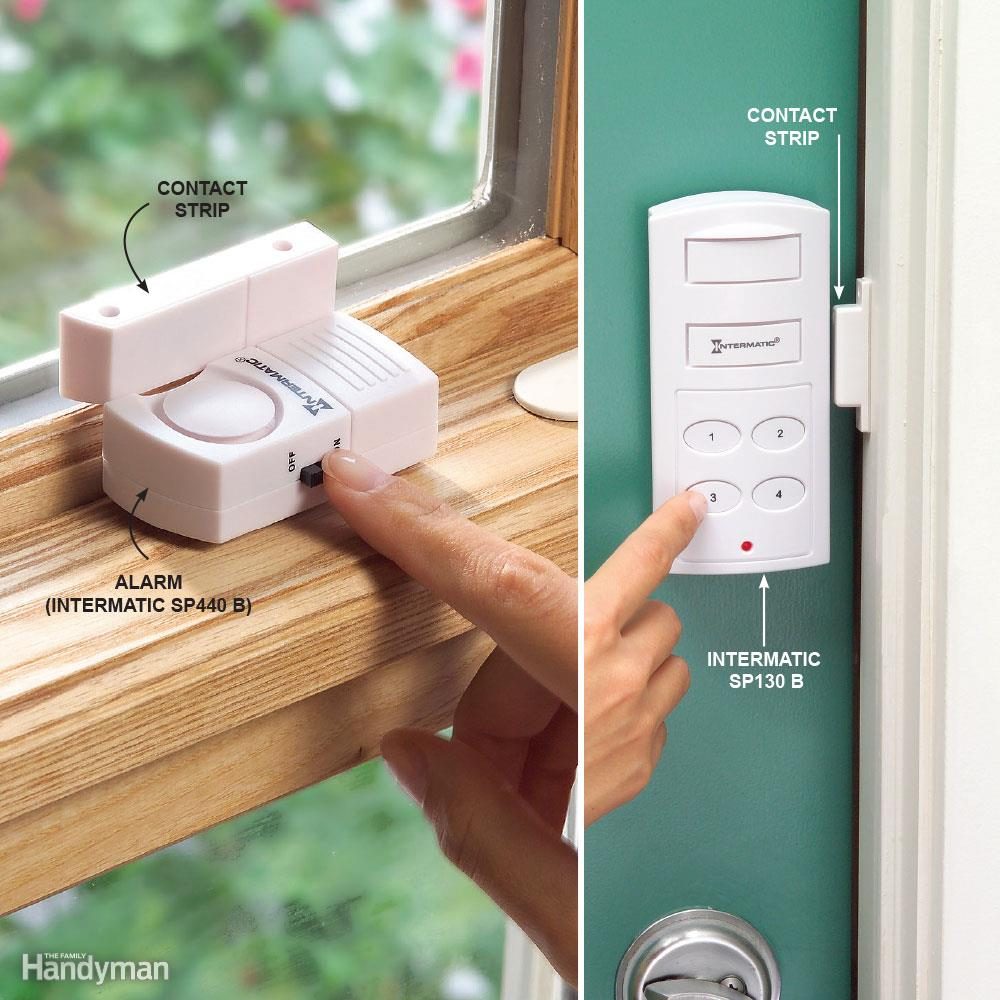
Add Inexpensive Door and Window Alarms
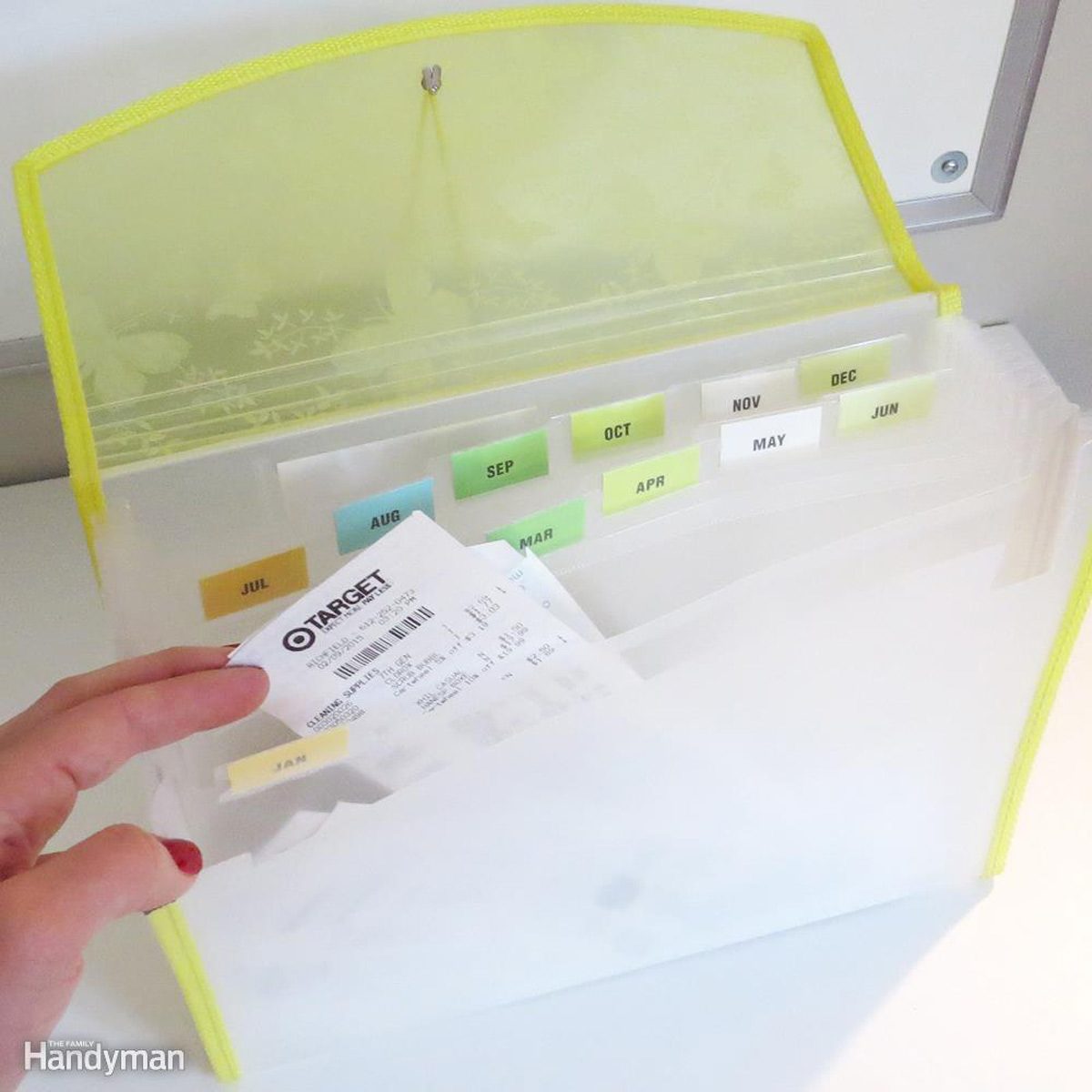
Make a Homeowner's Journal
